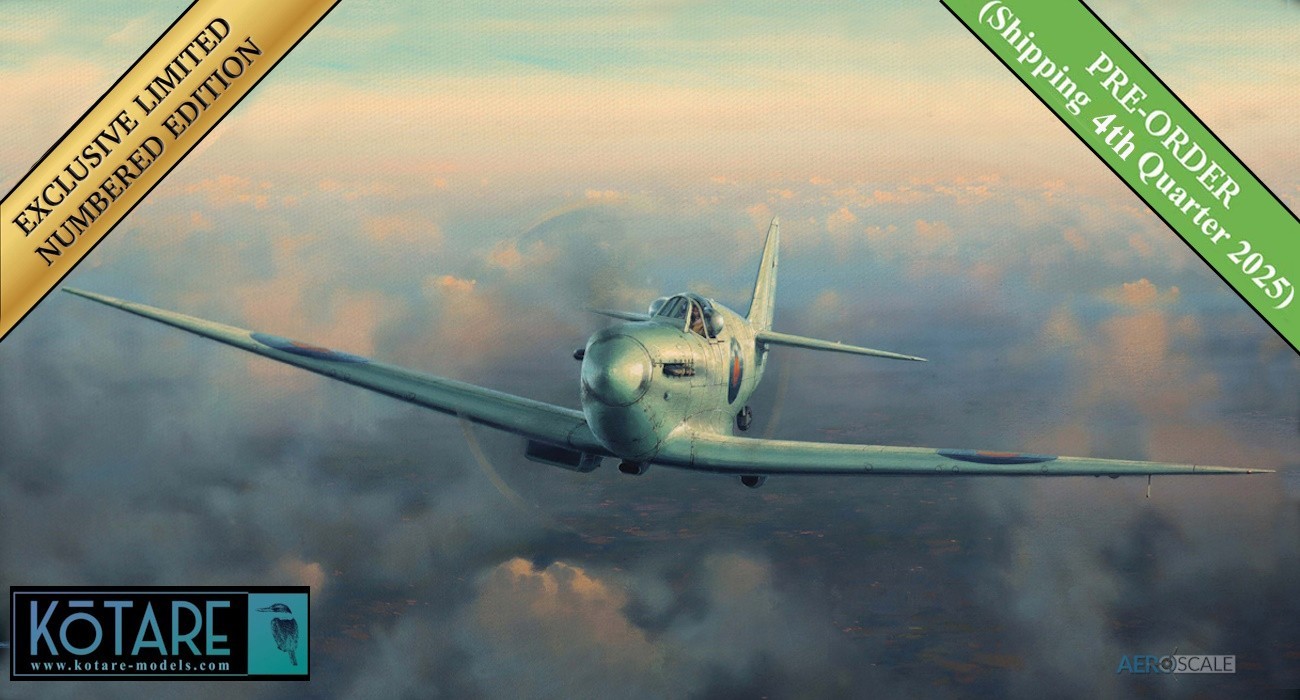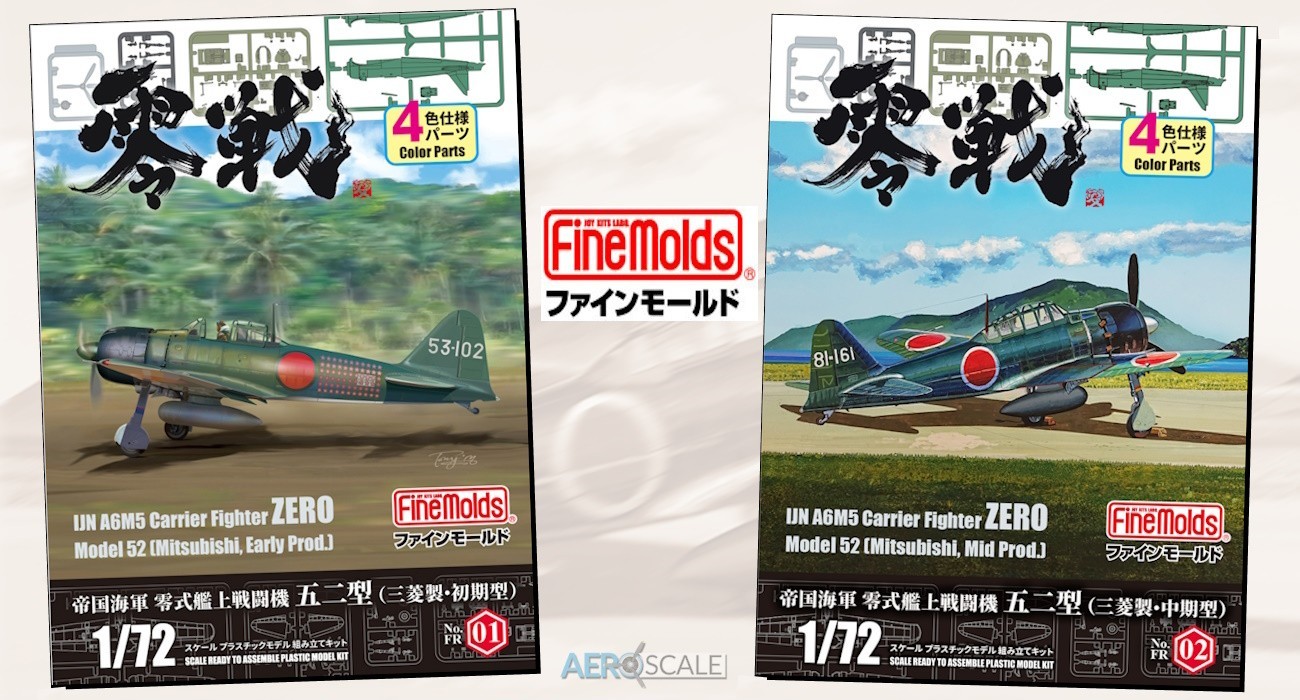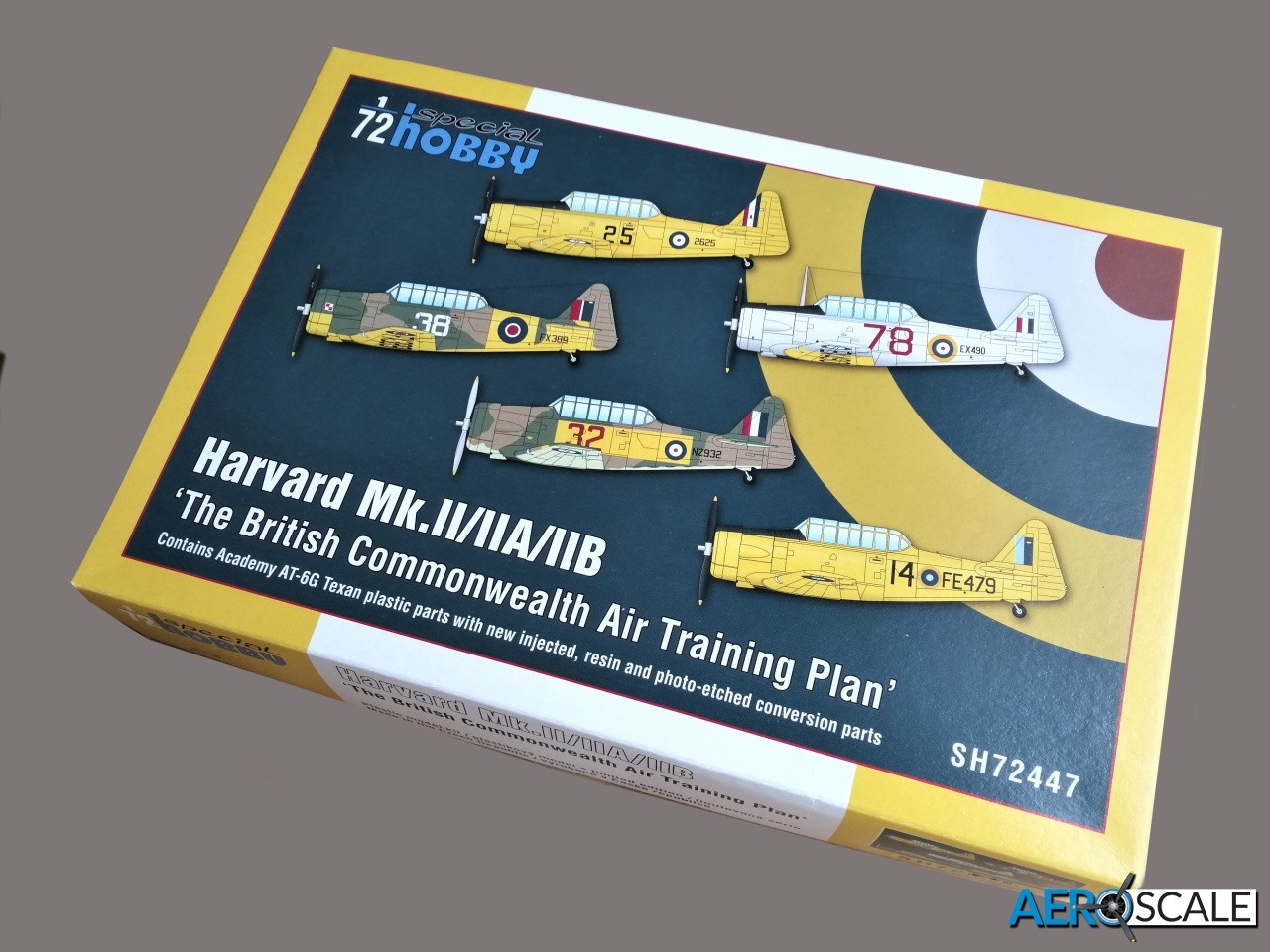
Background
The Harvard II was a version of the North American [NA]T-6 Texan. At the end of 1938, the British Commonwealth started receiving the first of 400 Harvard Mark Is (NA-49) based at the Central Flying School. In May 1939, the Royal Canadian Air Force ordered 30 Harvard Mark Is (NA-61). Then in November 1939, the British Purchasing Commission ordered the Harvard Mark IIs (NA-66, NA-75, NA-76, and NA-81) for the RAF and RCAF. Eventually 1275 were acquired to train the pilots of the Commonwealth. Canada's Noorduyn Aviation built an R-1340-AN-1-powered version of the AT-6A, under license and this went on to become the Harvard IIB of which 2557 were built. In March 1937, the Commonwealth Aircraft Corporation [CAC] of Australia obtained a licence to build the Texan NA-33. It became known as the Wirraway which first flew on 27March 1939, of which 755 were built.
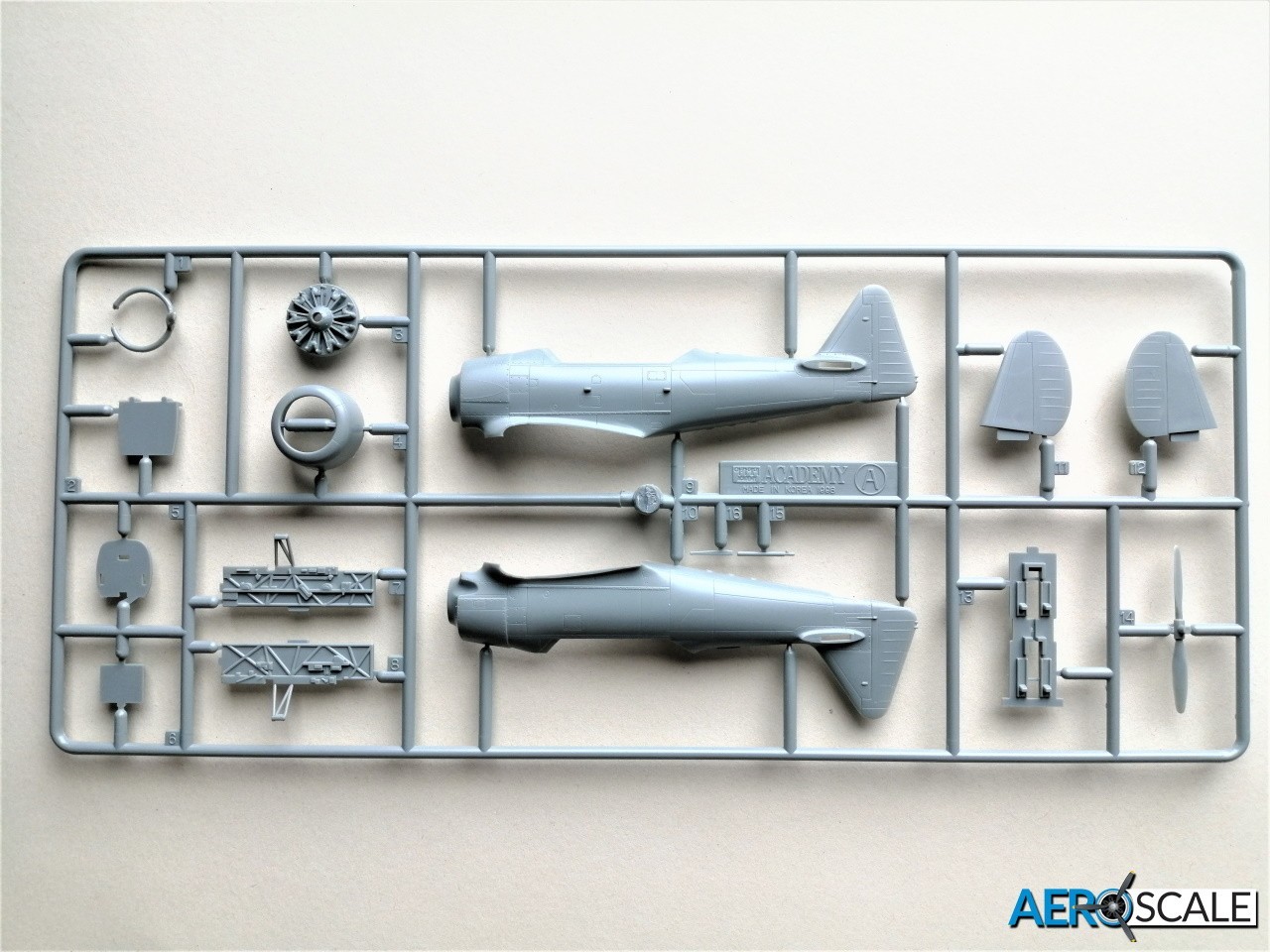

The British Commonwealth Air Training Plan (BCATP), or Empire Air Training Scheme (EATS) also known as the ‘The Plan’, was a massive,joint military aircrew training program created during WWII by countries including the United Kingdom, Canada, Australia and New Zealand. There were numerous centres created in Australia, Bermuda, Canada, New Zealand, South Africa, Rhodesia and the United States. Around 131,500 flight crew were trained at the primary centre in Canada, nearly half of the pilots, navigators, bomb aimers, air gunners, wireless operators and flight engineers on the plan.


The Kit
The plastic for this release from Special Hobby is based on the Academy’s Texan T-6 first released in 1998. The recessed and rivet detail is beautifully executed, no wide or trench like panel lines here. There is a little flash on some of the parts, but nothing a few swipes of a sanding stick won’t cure. Special Hobby has created a new tool mould for the canopies and they area massive improvement from the thicker and stepped Academy version. Special Hobby has included a photo etched fret with seat harnesses and six resin parts.
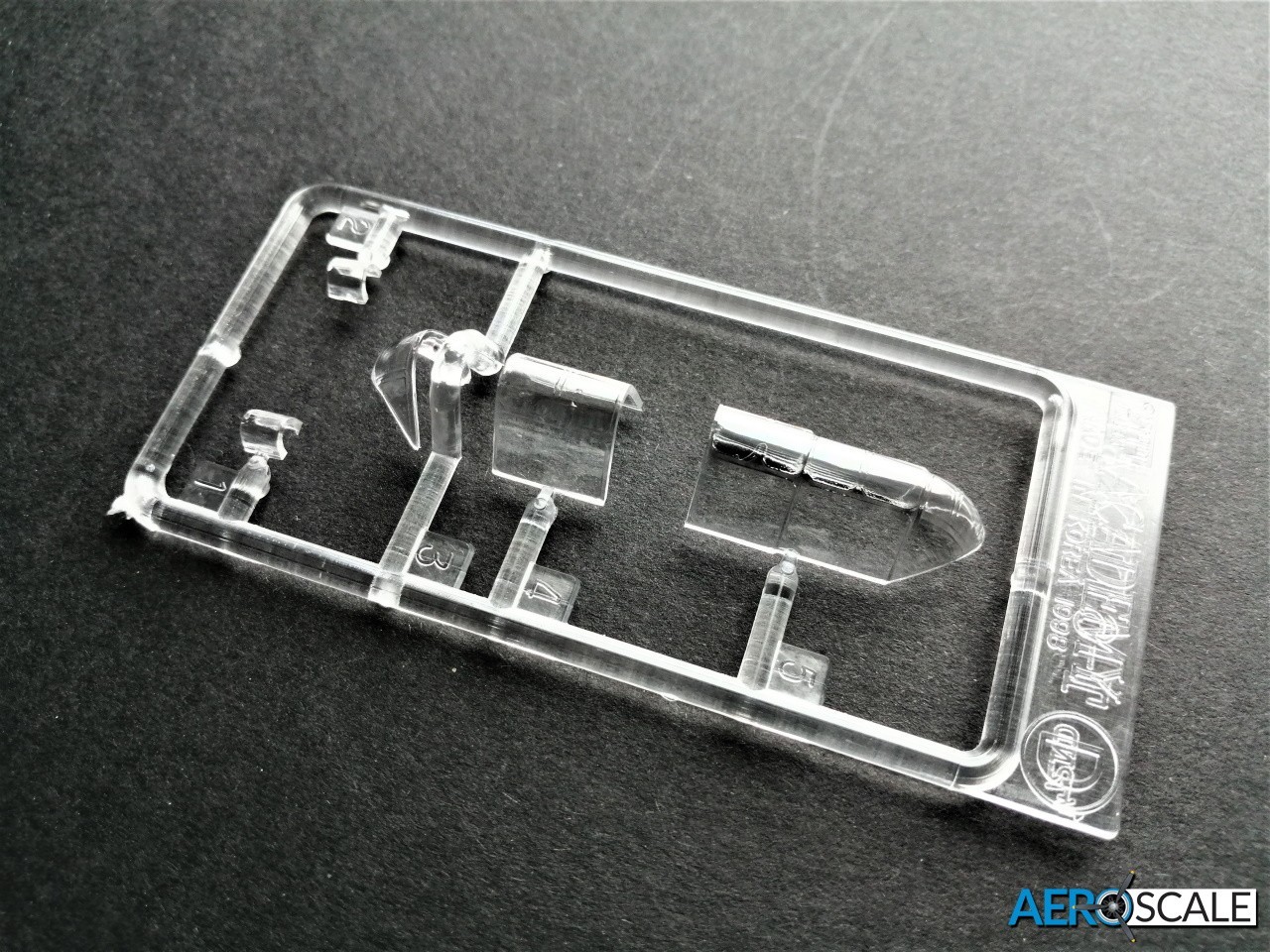
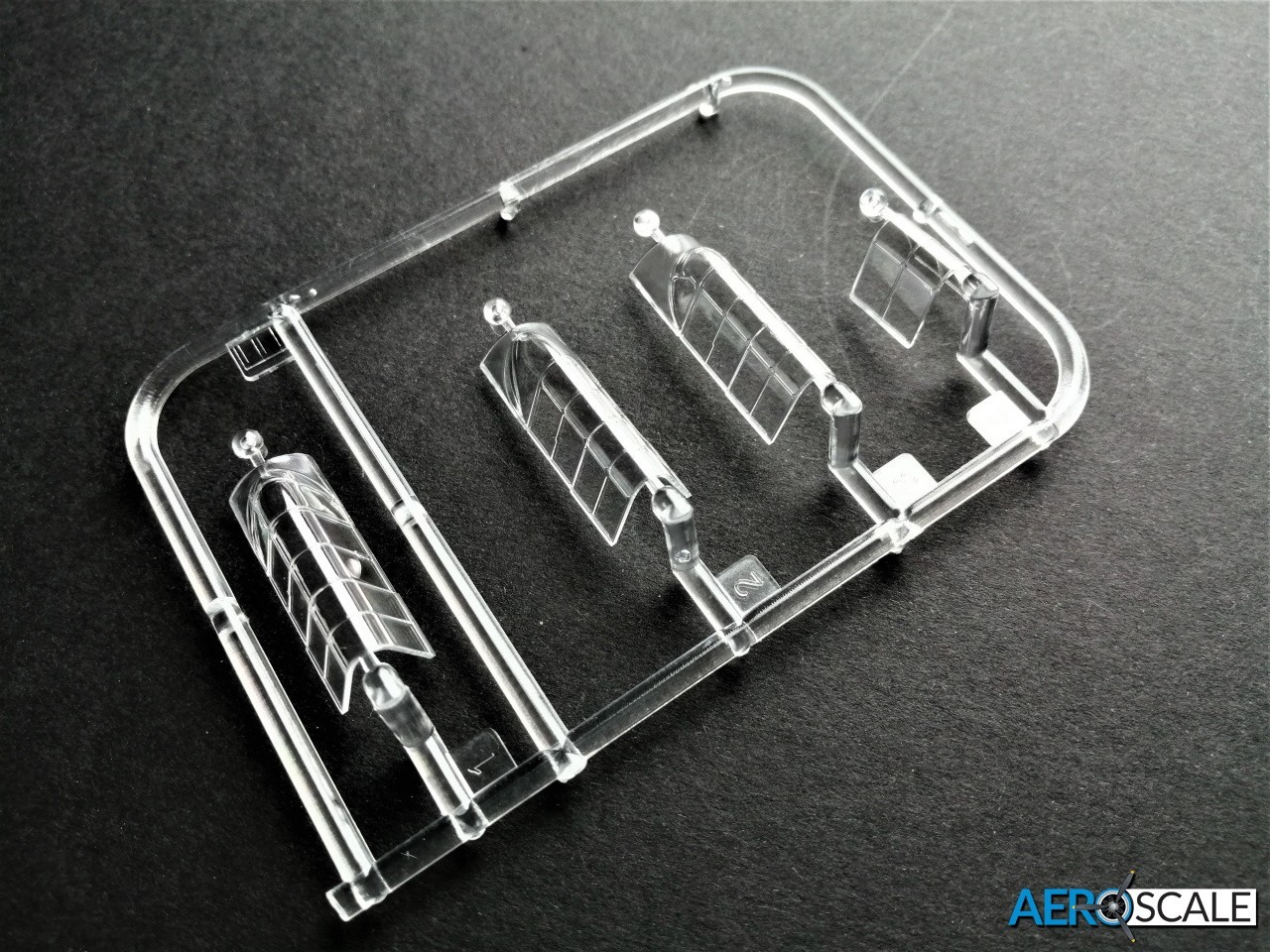
The cockpit is made up from a mix of plastic, photo etched [PE] and resin parts supplemented by decal instruments. The resin parts replace the plastic control sticks and the linkage between the two. The separate and well detailed cockpit walls, rear bulkhead and floor make up into a tub. The instrument panels has slight raised detail and there are a couple of basic looking decals that represents the instruments. The nicely detailed seat has photo etched seat harnesses to fit.
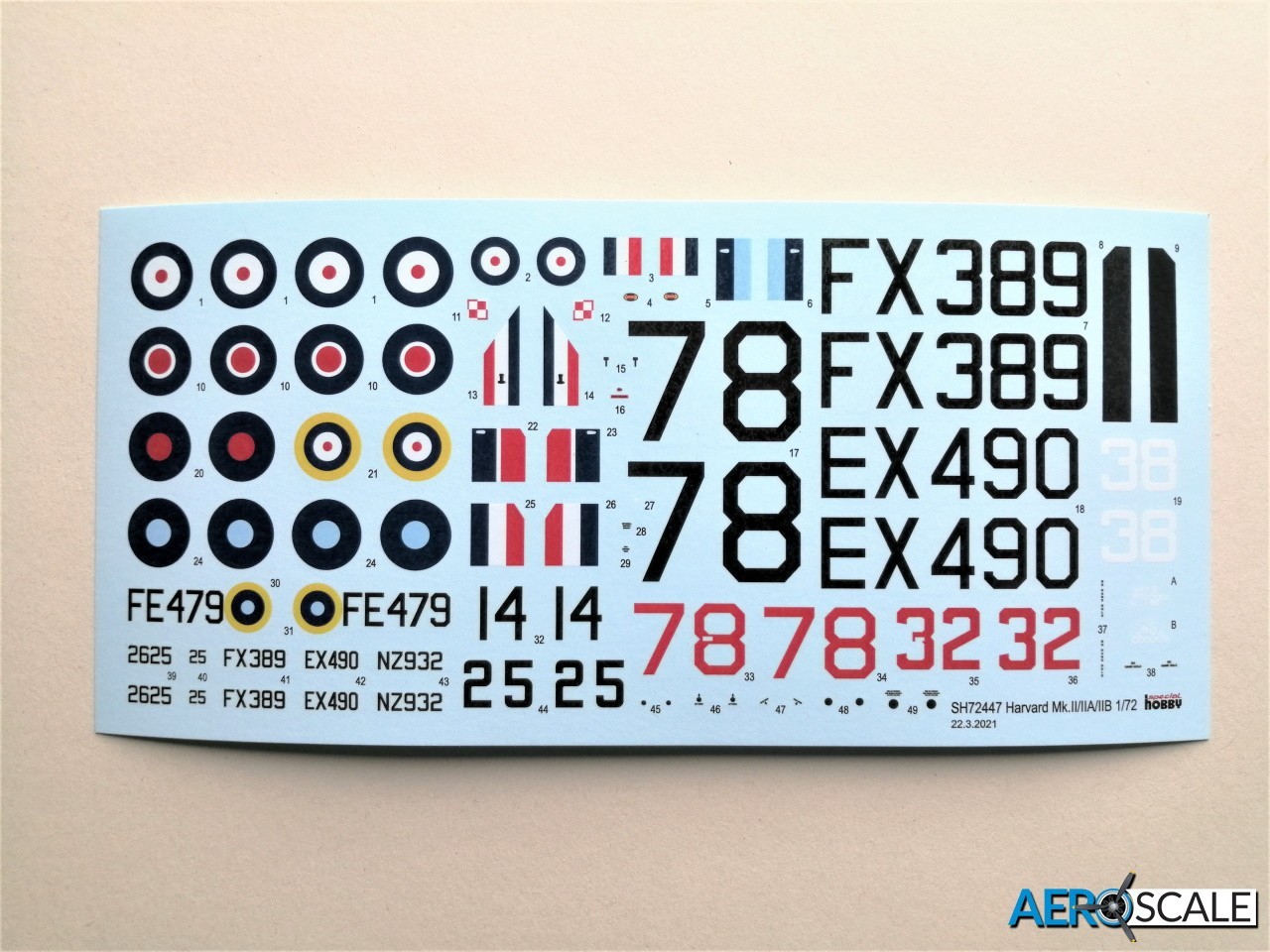
There are two clear sprues including the original Academy and a new tooled version from Special Hobby. The canopies of the latter are created in two parts and the parts are beautifully thin. There are two different styles of canopy depending on which type of Harvard you choose to build. You will need to use the Academy windscreen, though it doesn’t have the finesse of the clear parts from Special Hobby.


The fuselage needs the fairing to the rear of the canopy and the dorsal stump removing. The clear part for the canopy has a fairing attached that covers the removed parts. There are some raised ejector marks inside the fuselage, but these are covered by the cockpit tub. The Pratt & Whitney Wasp radial engine has good detail and the cowl around the engine is one piece. There is a resin extended exhaust pipe that incorporated heating for the cabin, essential for training in the Canadian winter. There are a couple of air inlets to add,the area where they are attached is marked on the plastic.
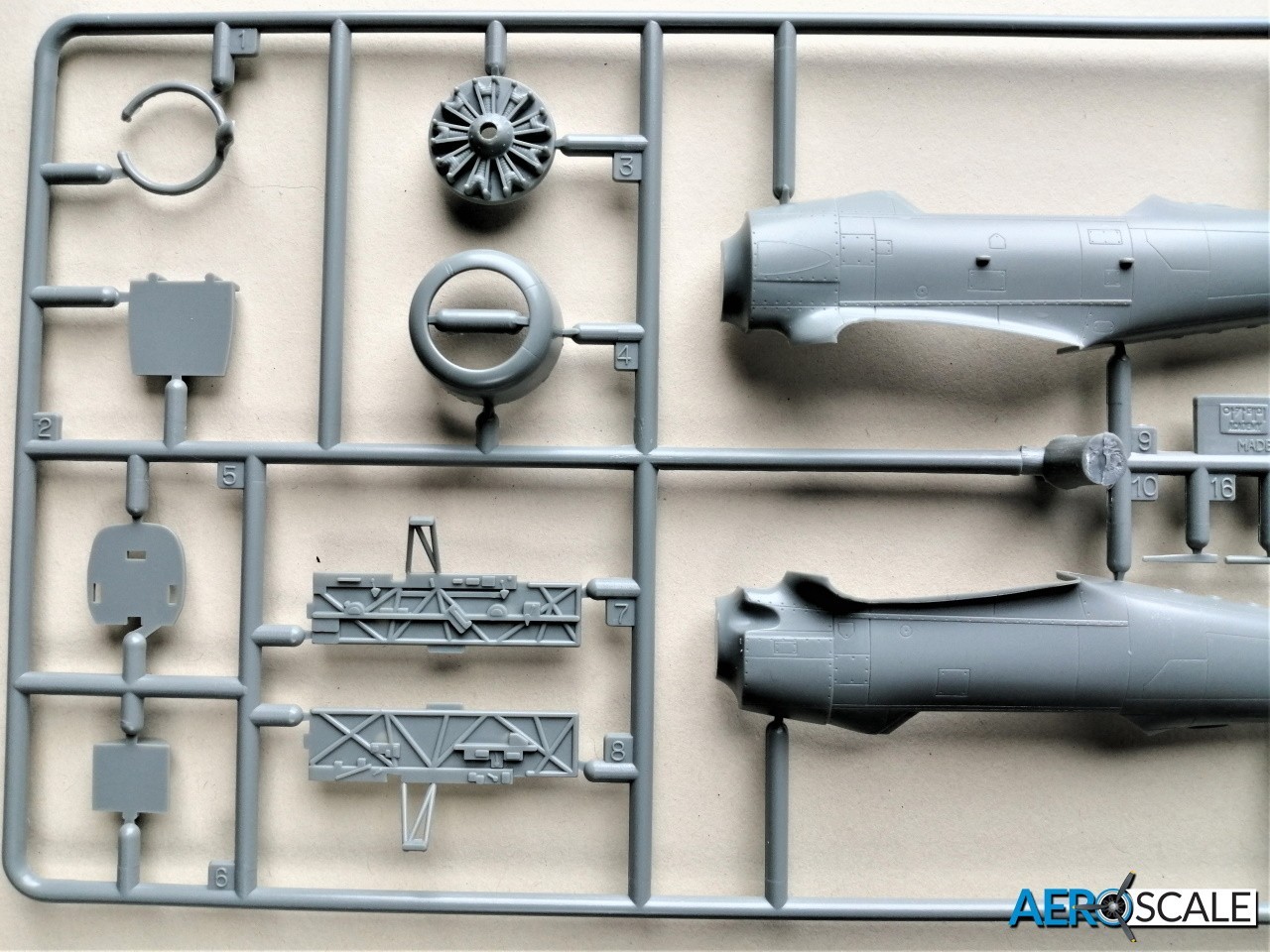

The main wing features a full span lower wing which is always a helpful feature. Control surface are set in situ. There is some slight detail in the roof of the undercarriage bay. The attachment points for the main undercarriage are pretty over sized. There is a separate part that forms ther oof of the undercarriage bay that prevents looking into the lower cockpit. A couple of clear parts represent the landing lights in the wing leading edge.There are a couple of different styles of pitot tubes one in resin and the other is plastic. The horizontal stabilisers are both one piece and the elevators are fixed in the neutral position. The slightly raised rib detail on the control surface give the impression they are fabric covered.


The undercarriage is a simple if well detailed affair. Though its disappointing to see the rather obvious recessed ejector marks on the wheels. Some resin replacement would have been welcome. The tail wheel is one piece and can be added at the end of construction.

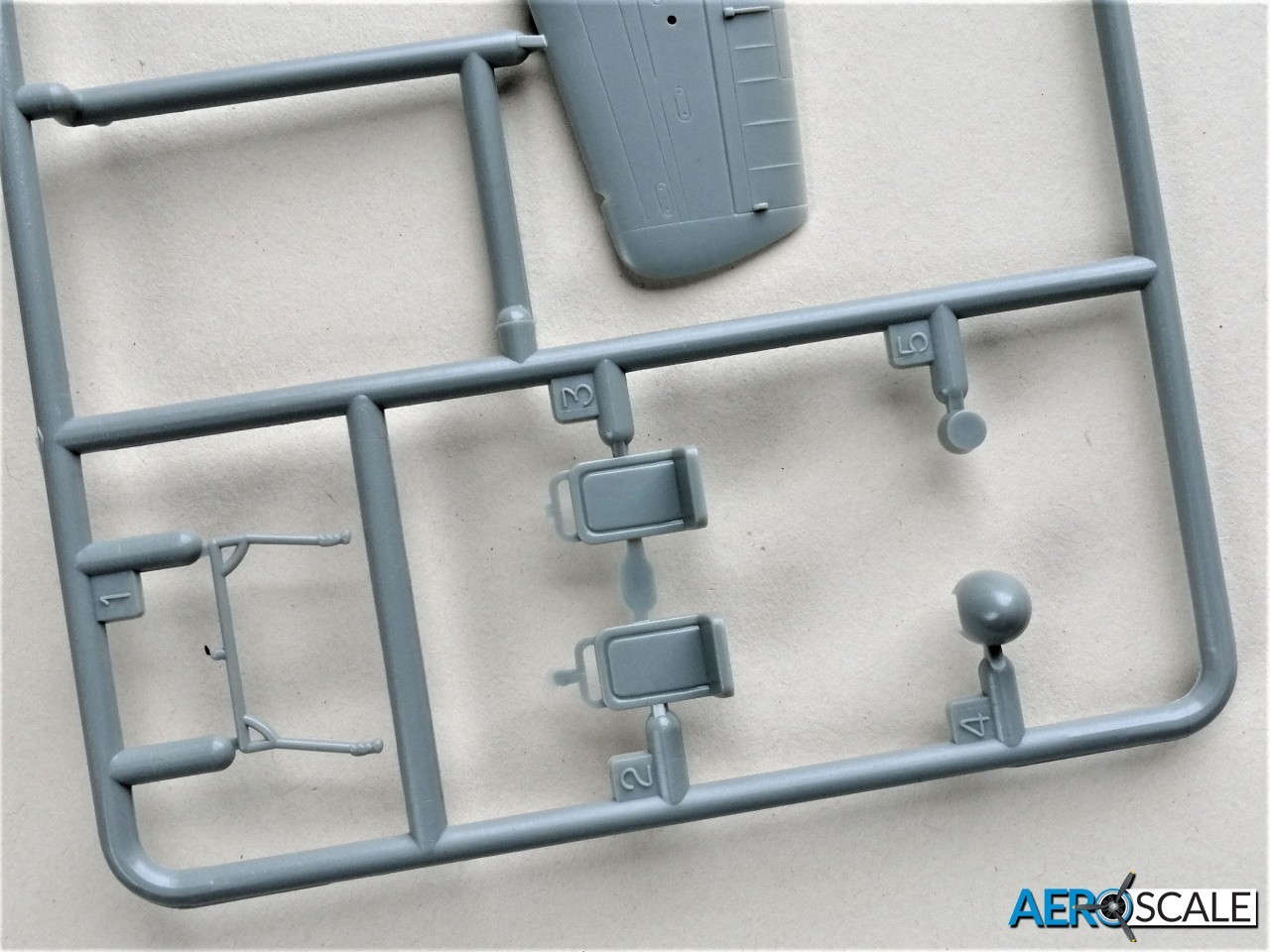
Decals are created by Special Hobby and they are glossy,with good colour density and registration looks good. There is a small border of carrier film that will hopefully disappear with setting solution.
The instructions are in a A5 twelve-page booklet. The eye is naturally drawn to the five pages of marking options. There are five excellent looking marking option. In fact, they look so good it is going to be difficult to choose one. Certainly, will be a good way of introducing some colour to your model aircraft flight line.
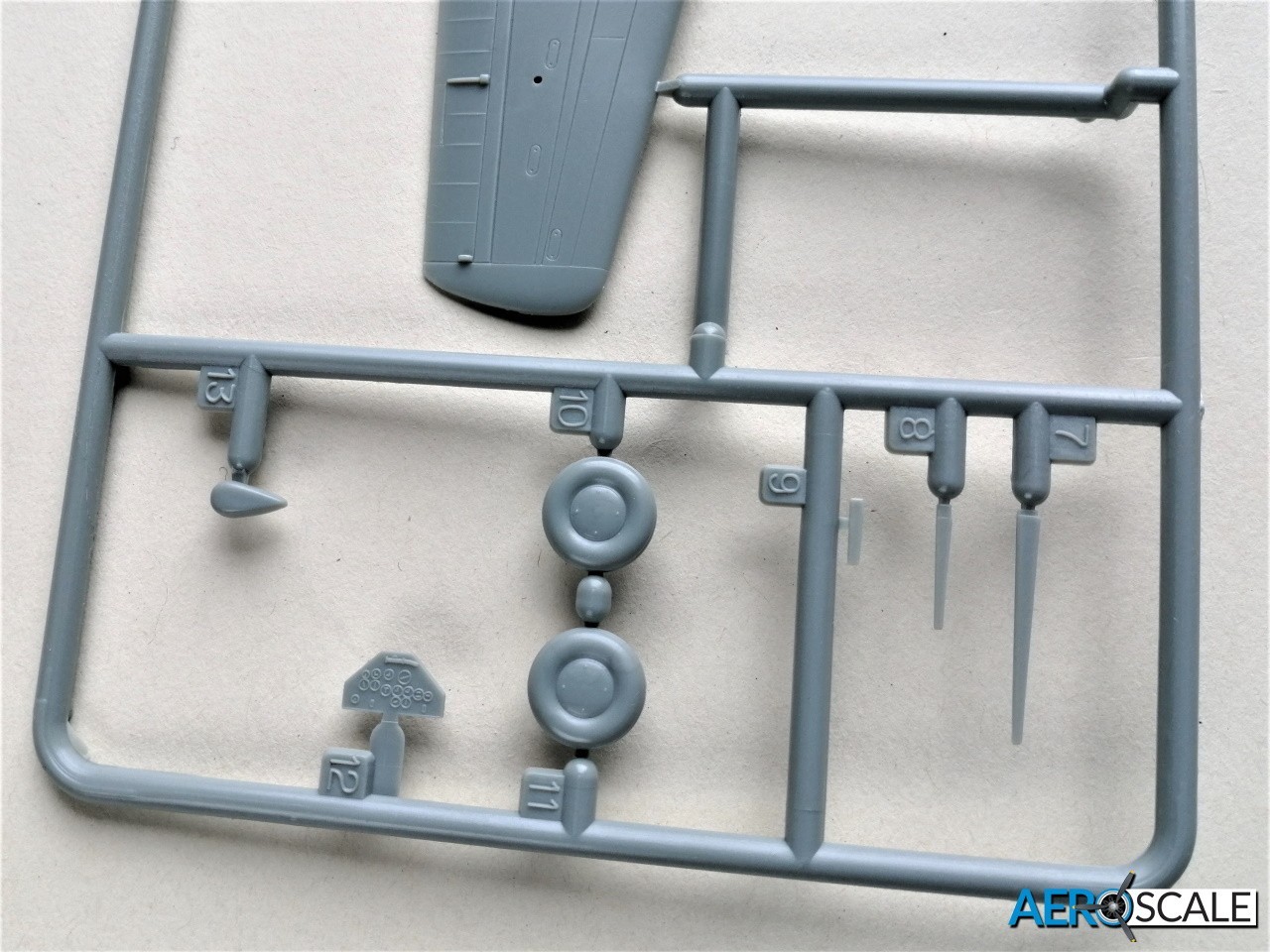
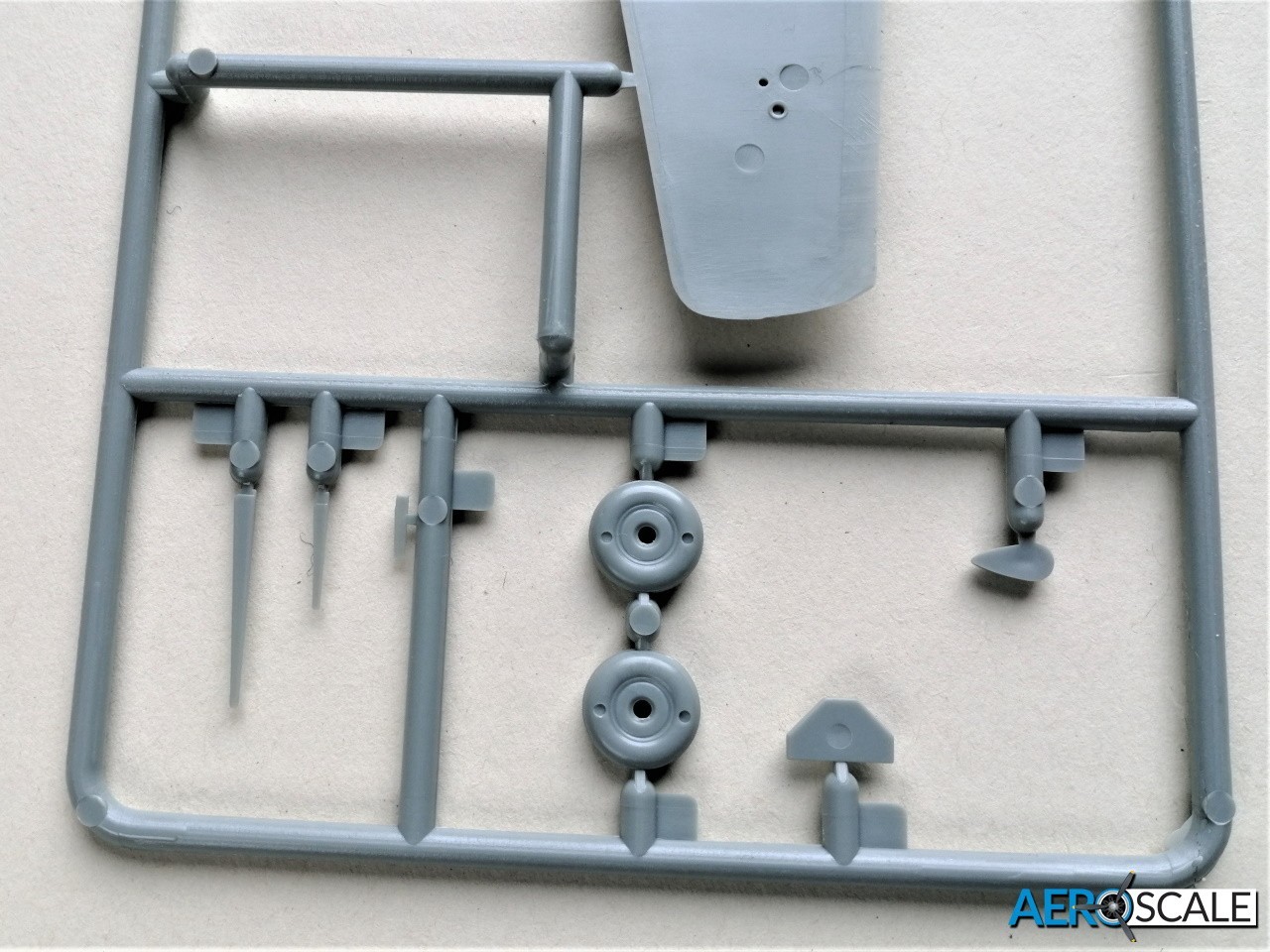
Conclusion
This is a good-looking release despite the age of the Academy moulds. Special Hobby has wisely replaced most of the original clear parts with the added bonus of different styles of canopy. The inclusion of the PE and resin parts is always a welcome addition. Just a pity they chose not to replace the wheels with some resin ones.
Hopefully we will see a few more versions of the Harvard, Texan and even a Wirraway in the near future.
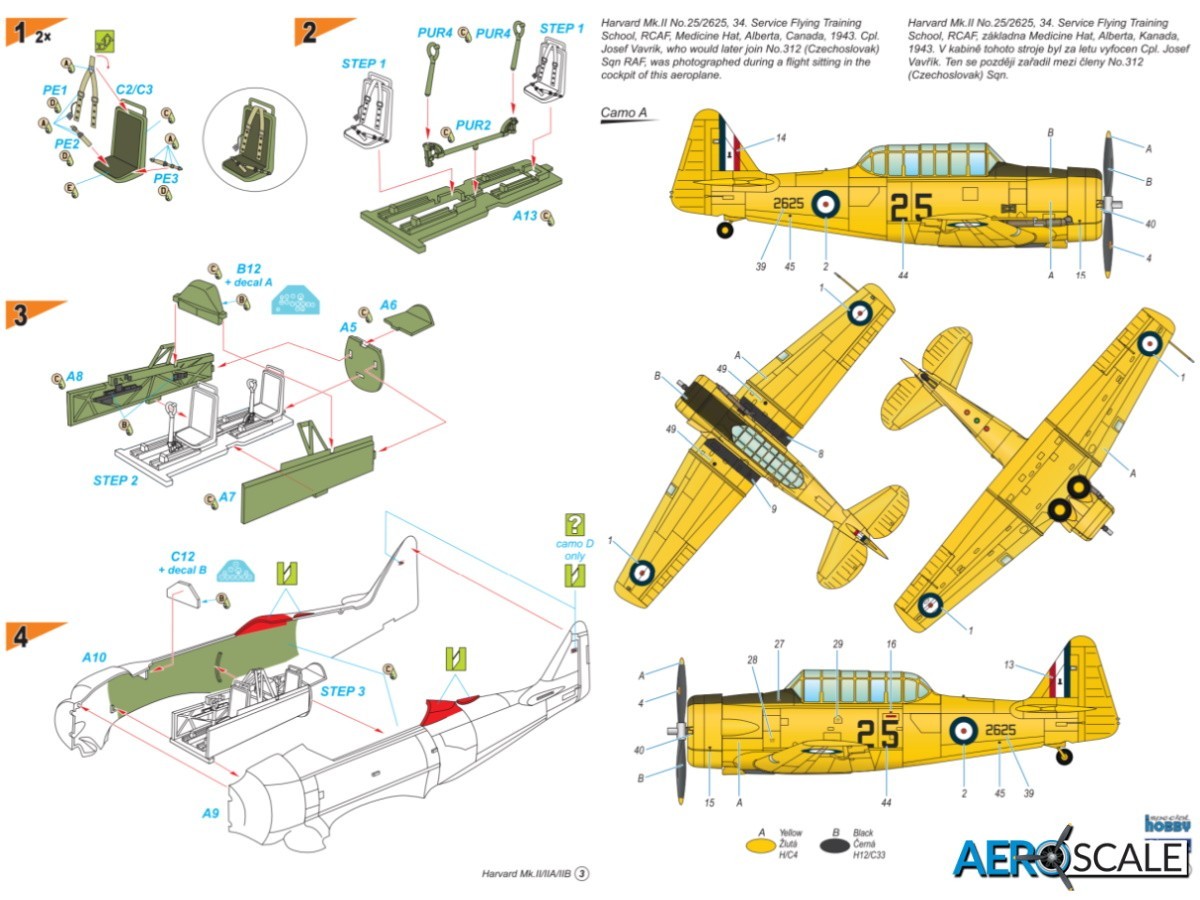

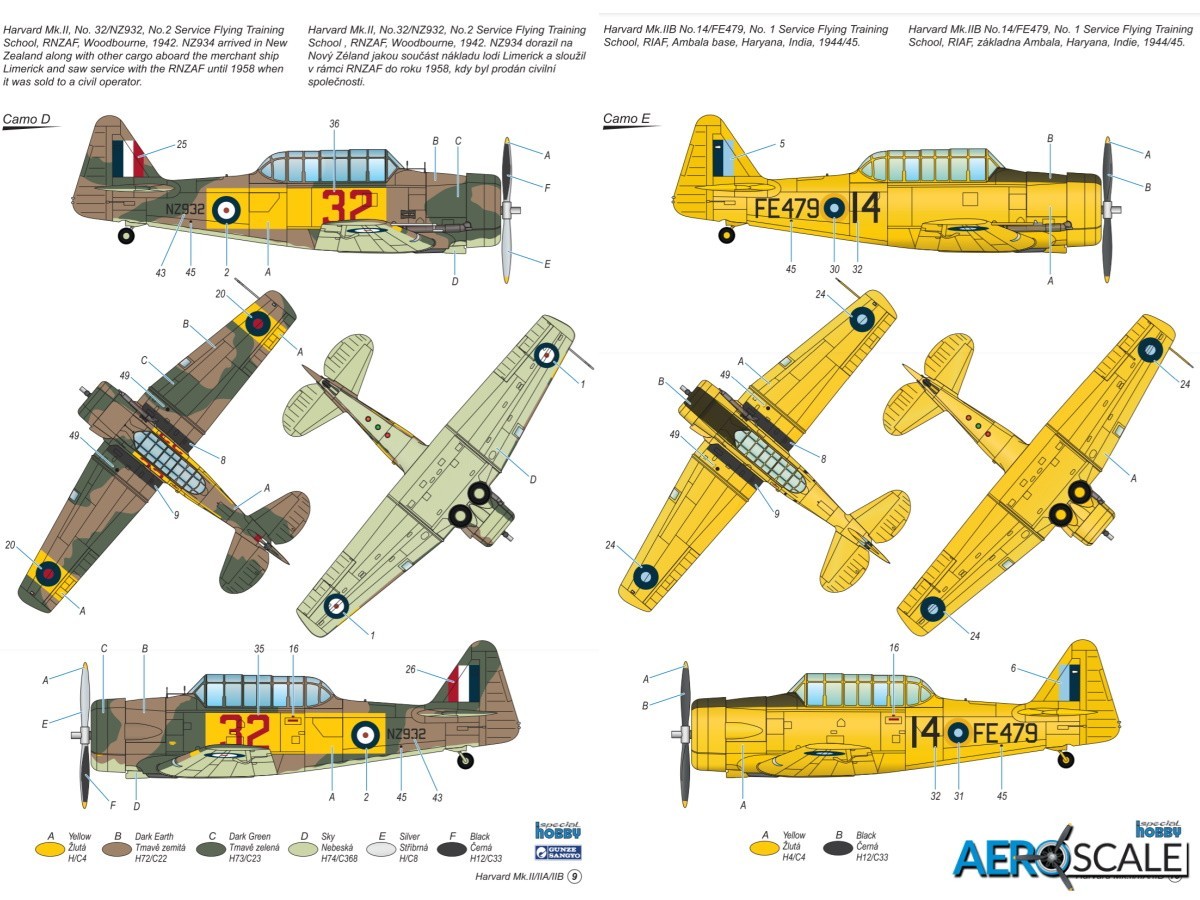
SH72447 - Harvard II/IIA/IIB British Commonwealth Air Training Plan – 1:72
Please remember, when contacting retailers or manufacturers, to mention that you saw their products highlighted here – on AEROSCALE.





















